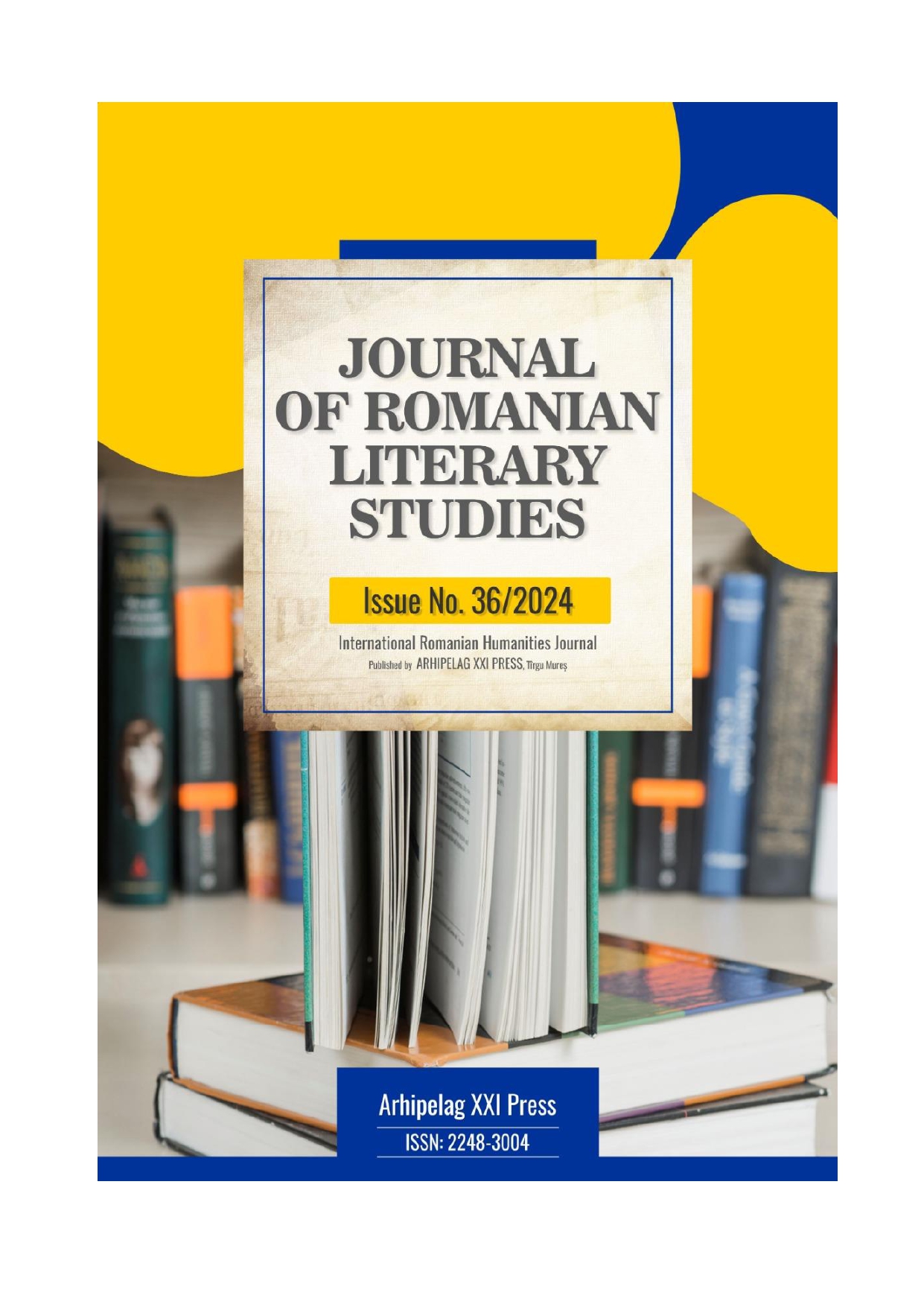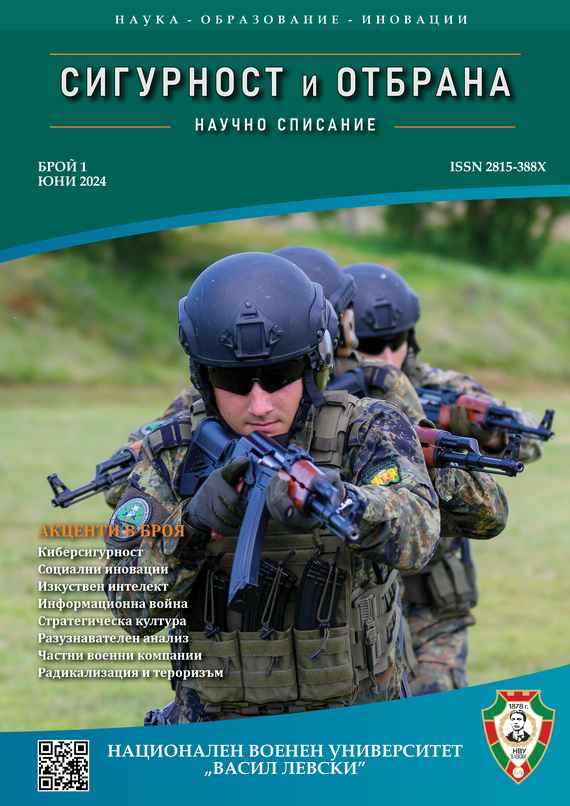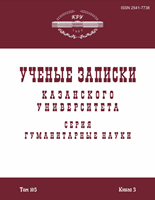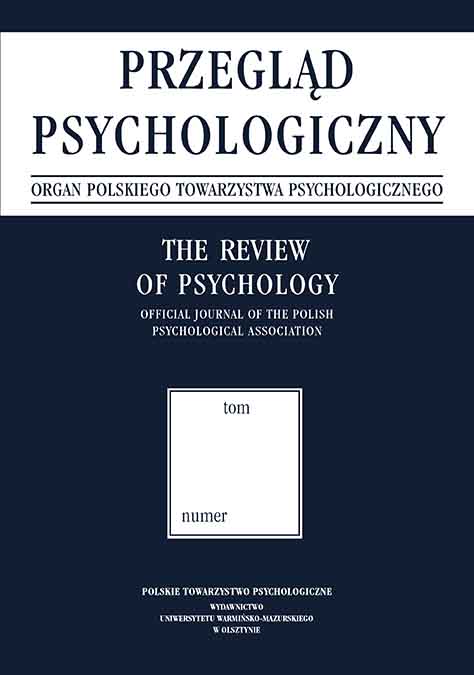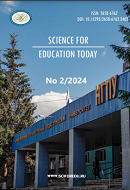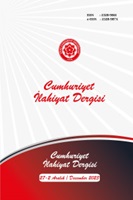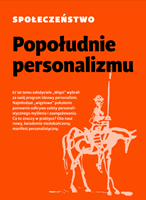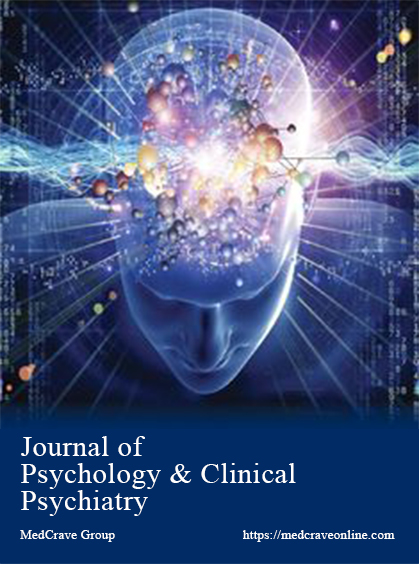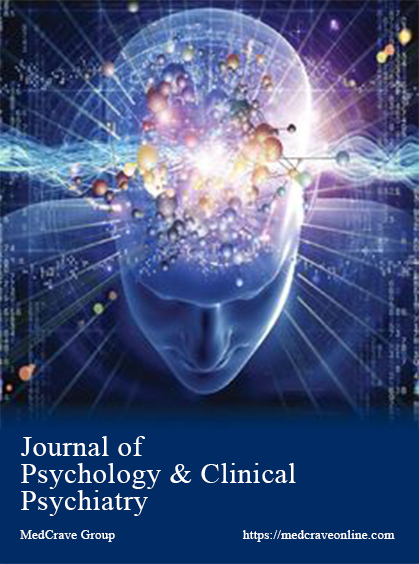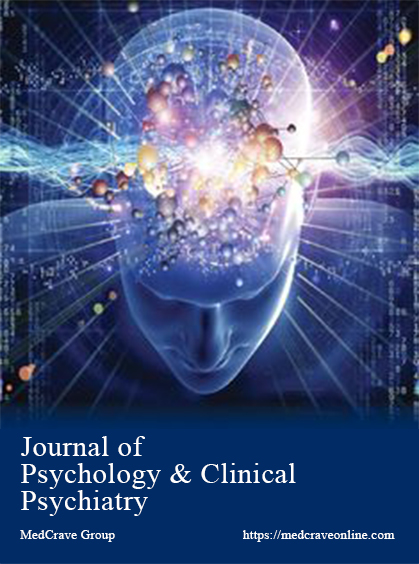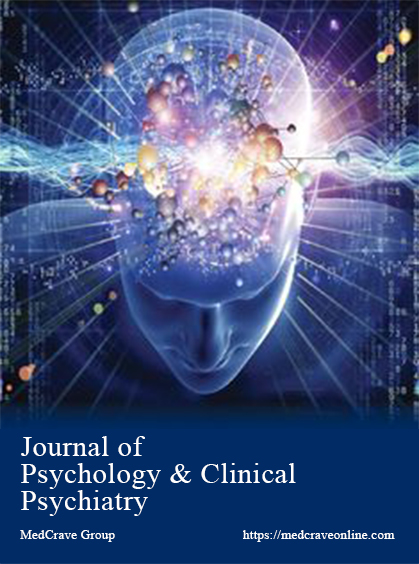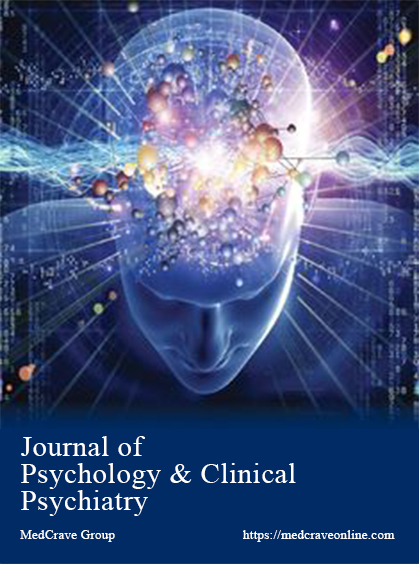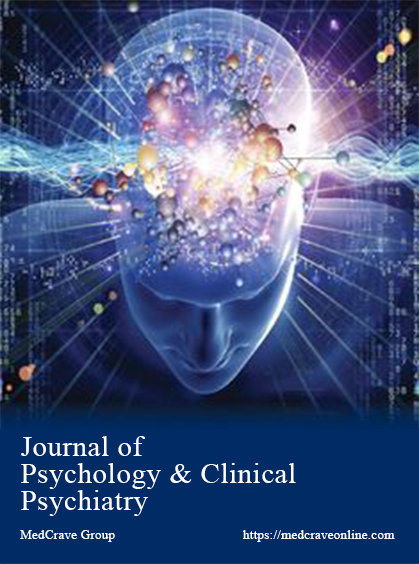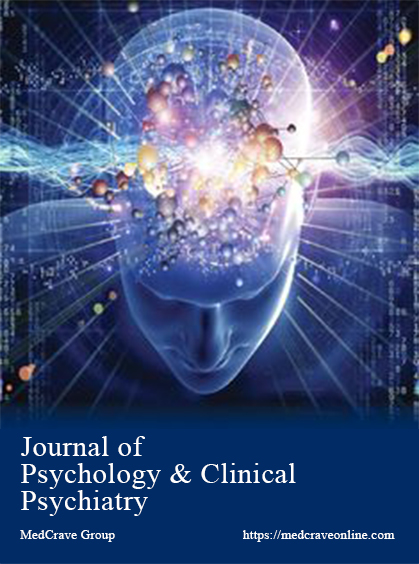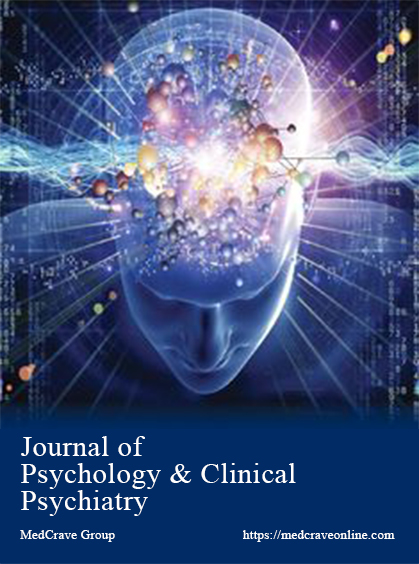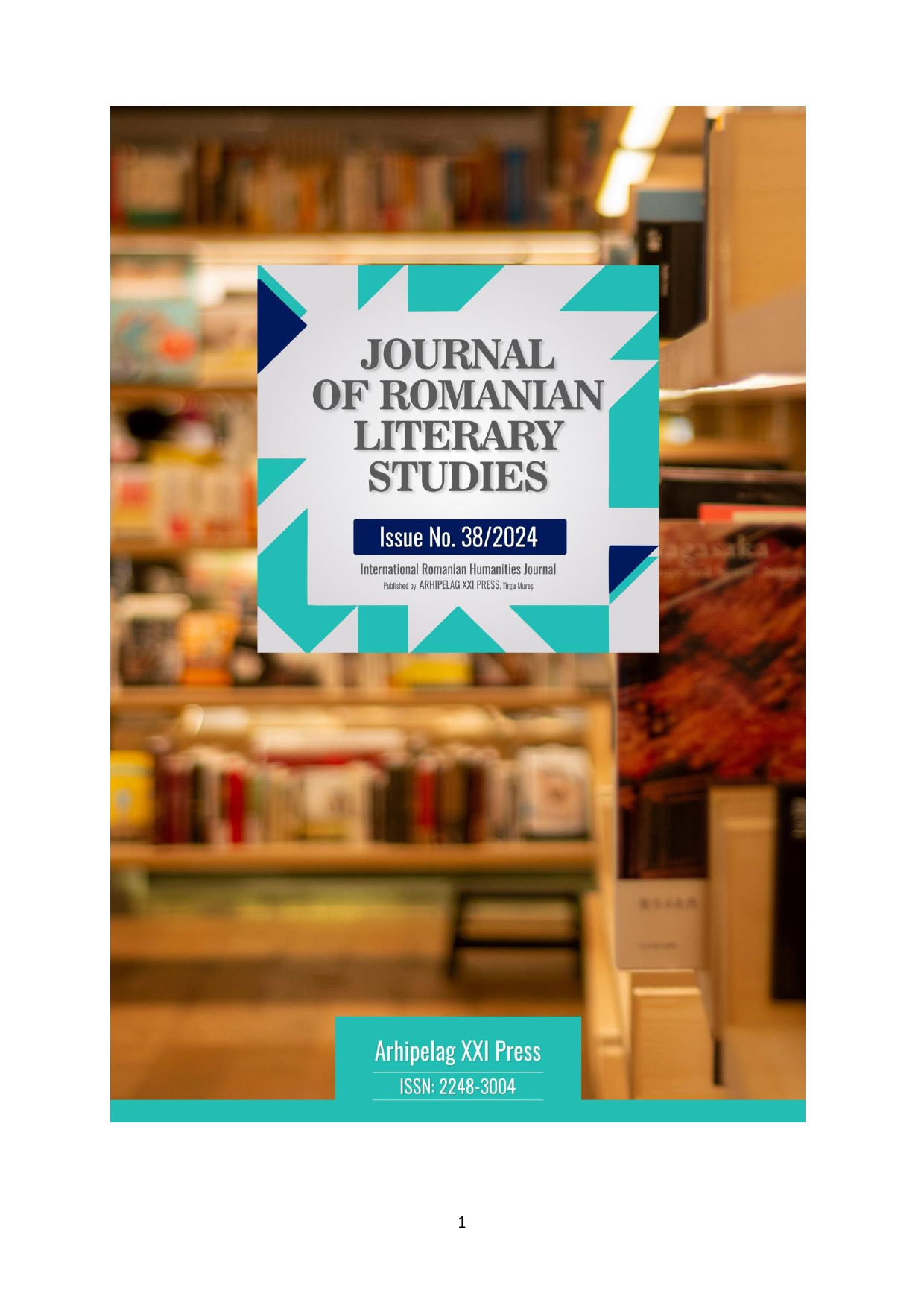Author(s): Atinkut Zewdu,Yemataw Wonde,Dessalegn Kassaw,Muna Suleyiman / Language(s): English
Issue: 1/2019
Objective: the purpose of this study was to assess risk factors and measure prevalence rates of Post-Traumatic Stress Disorder (PTSD) and Coping Mechanisms of migrant returnees from Middle East countries in Amhara Region, Ethiopia. Methods: Mixed method explanatory research design was employed on 376 randomly selected migrant returnees in six nominated towns of the region. PTSD checklist and Coping Strategy Indicator were employed for assessment. Focus Group Discussion (FGD) and interview were also utilized. Descriptive statistics, independent t-test and MANOVA were utilized to analyze the collected data. Result: the general life time prevalence rate of PTSD was 26.2%. Correspondingly, avoidance, intrusive thought and hyper arousal were reported core symptoms of PTSD in their due order. Likewise, to improve quality of life, failure in educational endeavor, peer and family pressure, unemployment and poverty were the major factors for migration to Middle East. In this study, the independent t-test result shows that there was statistically significant mean difference between male and female respondents in experiencing intrusive thought (t (374)=-2.62, p< 0.05). Besides, current employment status of returnees had statistically significant effect in experiencing intrusive thought (t (374)=2.45, p < 0.05), avoidance (t (374)=-3.14, p 0.05) and hyper arousal (t (374)=-2.86, p<0.05). Besides, current employment status of returnees had statistically significant effect in experiencing intrusive thought (t (374)=2.45 p<0.05), avoidance (t (374)=-2.42, p < 0.05), average monthly income (F (6,522)=0.867, p < 0. 05) on PTSD dimensions (intrusive thought, avoidance and hyper arousal). Correspondingly, ANOVA result disclosed that age, educational status, types of abuse returnees’ face and monthly income in the Middle East had statistically significant effect on intrusive thought, avoidance and hyper arousal separately. As contributing factors for PTSD, limitations on freedom of movement, enforced cultural isolation, verbal and sexual abuse, excessive working hours, being arrested, confiscation of documents, withholding of wage and life threatening trial were highly reported problems. Finally, problem solving, seeking social support and avoidance coping mechanisms were utilized in their due order. Conclusion: The life time prevalence rate of PTSD were very high. Therefore, mental health service providers shall consider in diagnosing and treating PTSD among migrant returnees.
More...
